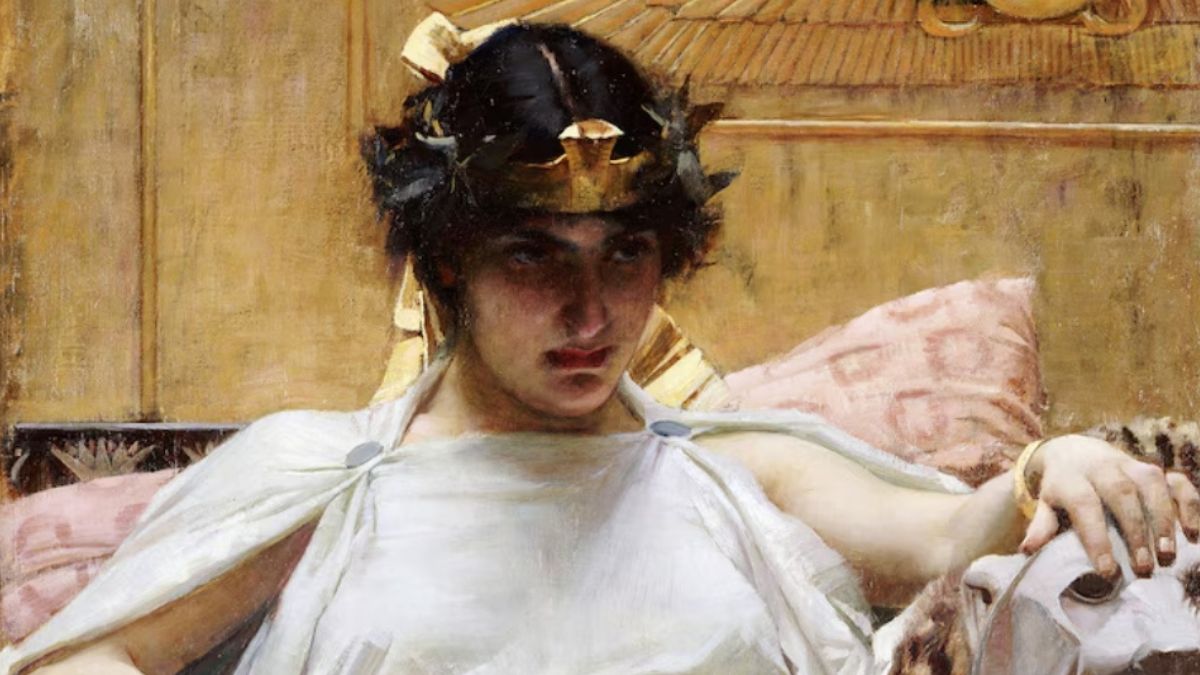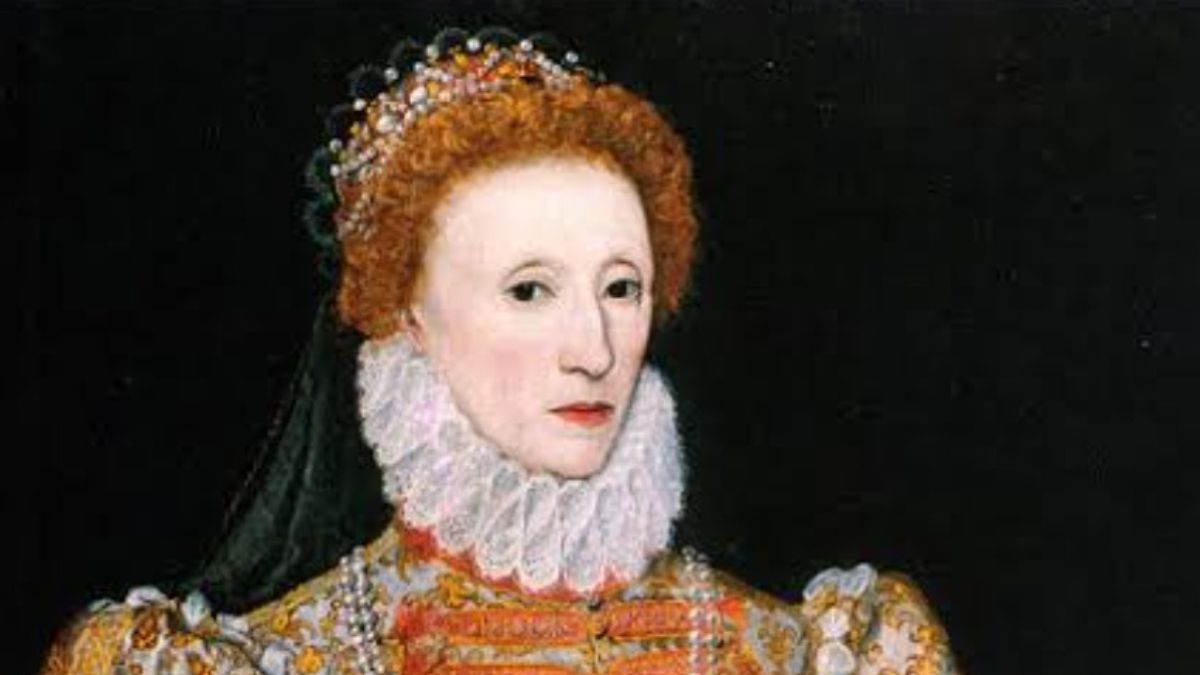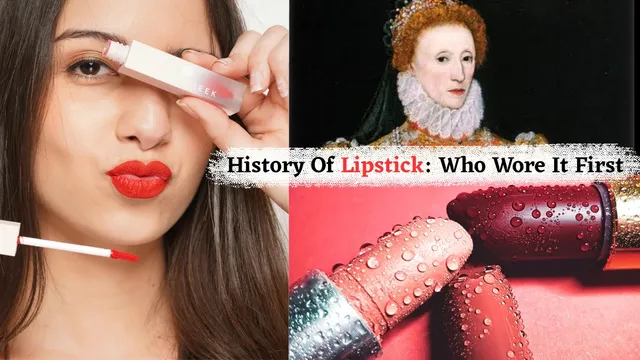- By Aditi Priya Singh
- Tue, 29 Jul 2025 01:45 PM (IST)
- Source:JND
History Of Lipstick: Since ancient times, humans have had a deep connection with colors and appearance. Across different cultures and civilizations, people have used various natural items to enhance their looks. These weren’t just for fashion but also carried meanings like showing power, beauty, or even divine status. From plants and minerals to clays and crushed stones, natural elements played a big role in how people presented themselves in society.
And the desire to appear more attractive and stand out led to the lipstick, which is one of the favourite beauty items for women even today. From queens and performers to everyday people, the lipstick has added charm, boldness and confidence to countless faces. But have you ever wondered how it all began? Who were the first people to use it? And what ingredients did they use centuries ago?
On National Lipstick Day, which is being celebrated on 29 July, let’s find out the colourful history behind this iconic beauty essential.
History of Lipstick- Where It All Began: Mesopotamia and Ancient Civilisations
Around 5000 BCE, Mesopotamia was the earliest known place to use lipstick. Women coloured their lips with crushed minerals and gemstones. It was regarded as a status symbol by the wealthy women. Frequently, only the most privileged could afford the rare and valuable materials used.
Lipstick Use In The Egyptian Era: Who Was The First Queen To Use Lipstick?
 Queen Cleopatra file pic(Image: National Geographic )
Queen Cleopatra file pic(Image: National Geographic )
Queen Cleopatra, one of the most famous people in history, was the first queen known to apply red lip pigment. Egyptians used crushed carmine, beetles and fish scales to create shimmering lip colours. It was used by both men and women, particularly in priestly and royal circles. It was included in funeral rites and was thought to have protective properties.
ALSO READ: Why Is the Wedding Ring Worn On the Left Ring Finger? Check Out Reasons And Facts
Greece and Rome: Lipstick Created Controversy Here
In ancient Greece, high-status women were discouraged from wearing makeup as it was used by performers and courtesans to paint their lips. However, the concept was more widely accepted by the Romans. To convey social status and colour lips, they applied waxes and red ochre.
Medieval Times: People Related It To Witchcraft
 Queen Elizabeth file pic (Image: Instagram)
Queen Elizabeth file pic (Image: Instagram)
In the Middle Ages, lip colour was seen as sinful in many parts of Europe. It was even linked with witchcraft or demonic influence. However, during the Elizabethan era, Queen Elizabeth I brought it back into fashion with her bright red lips and pale skin look. Still, its use remained limited to the wealthy and performers.
Modern Era: From Kitchens to Cosmetic Counters
In the 19th century, homemade versions were created using berries, beeswax and plant dyes.
The first commercial lipstick appeared in 1884 in Paris, wrapped in silk paper.
By the 1920s, it became a symbol of freedom and women’s rights, as flappers boldly wore red lipstick.
The beauty industry boomed, and new shades, safer formulas, and stylish packaging followed.
ALSO READ: Are Tongue Prints As Unique As Fingerprints? Shocking Facts You Didn't Know
Who Wore the Lipstick First?
The Sumerians of Mesopotamia were among the first recorded users. Cleopatra and Nefertiti are among the most famous early users. In every era, powerful women and cultural icons helped keep the tradition alive.
Lipstick Is More Than Just a Beauty Product
From crushed stones and beetles to a billion-dollar industry, lipstick has come a long way. Its history demonstrates how it has represented fashion, individual identity, rebellion, culture and power. It is still one of the most common and individualised beauty choices in the world, regardless of whether it is worn for glam, boldness or confidence.

